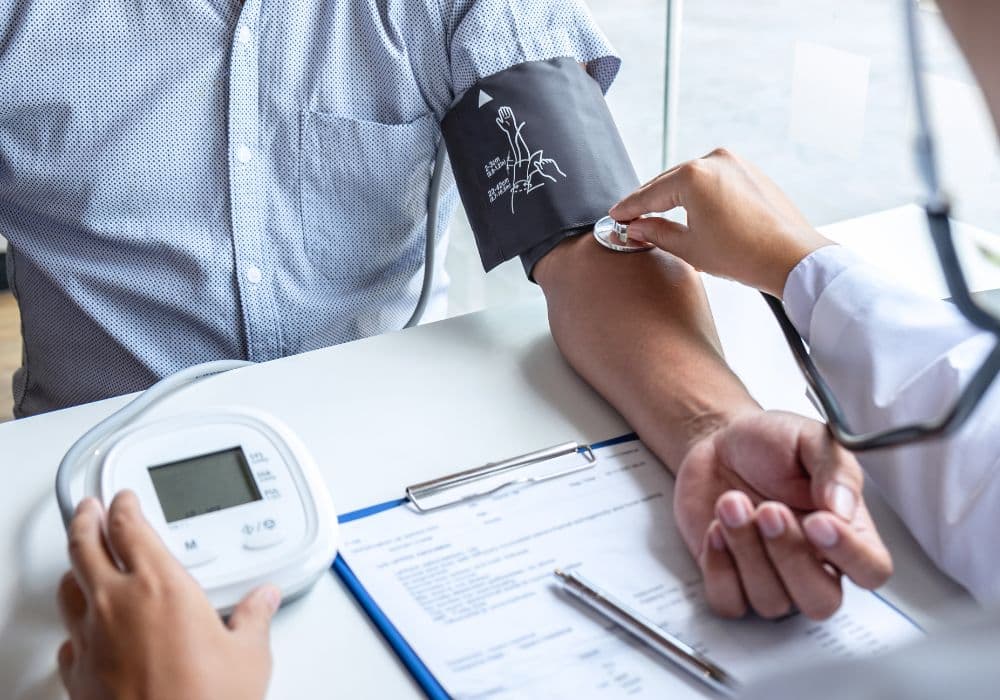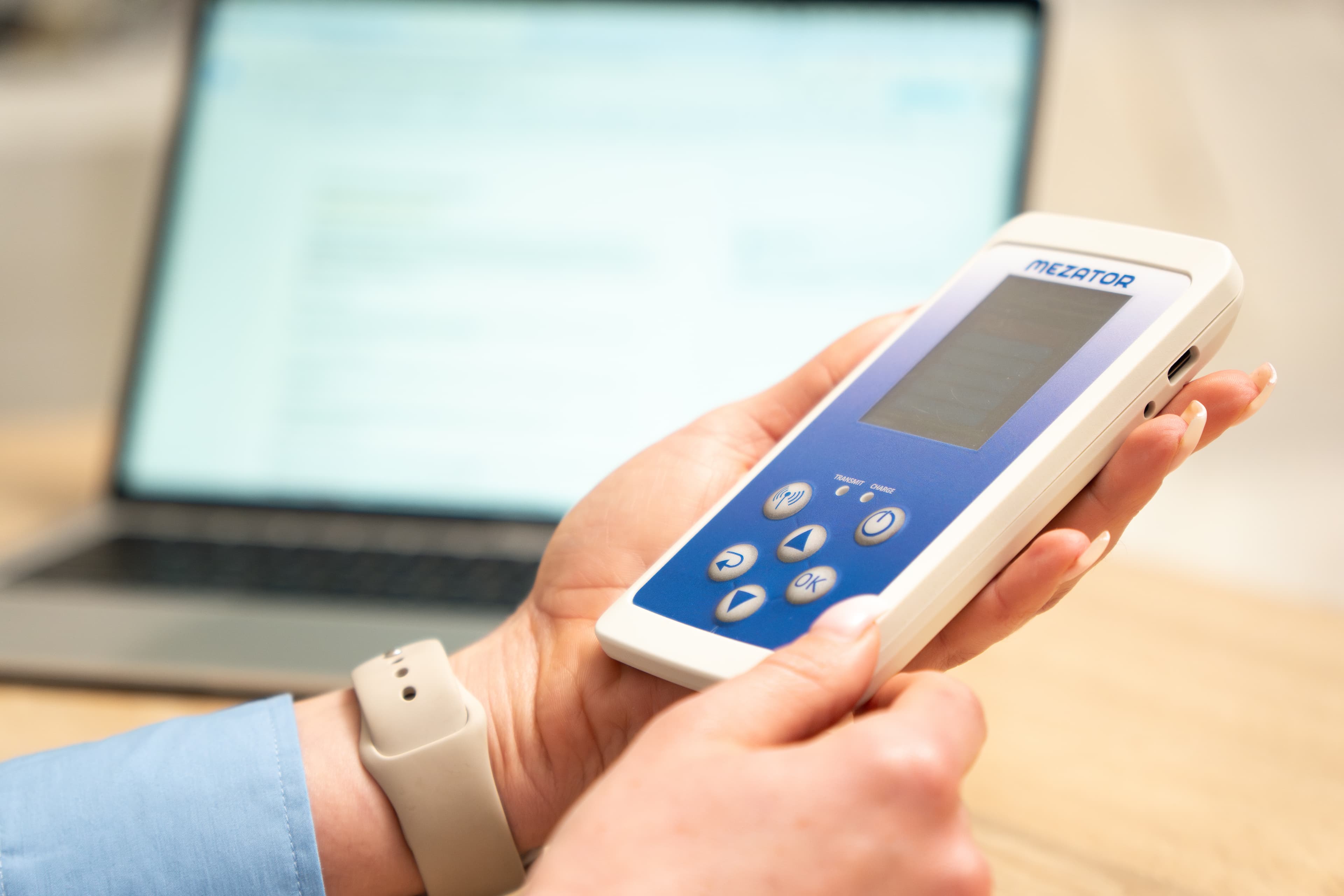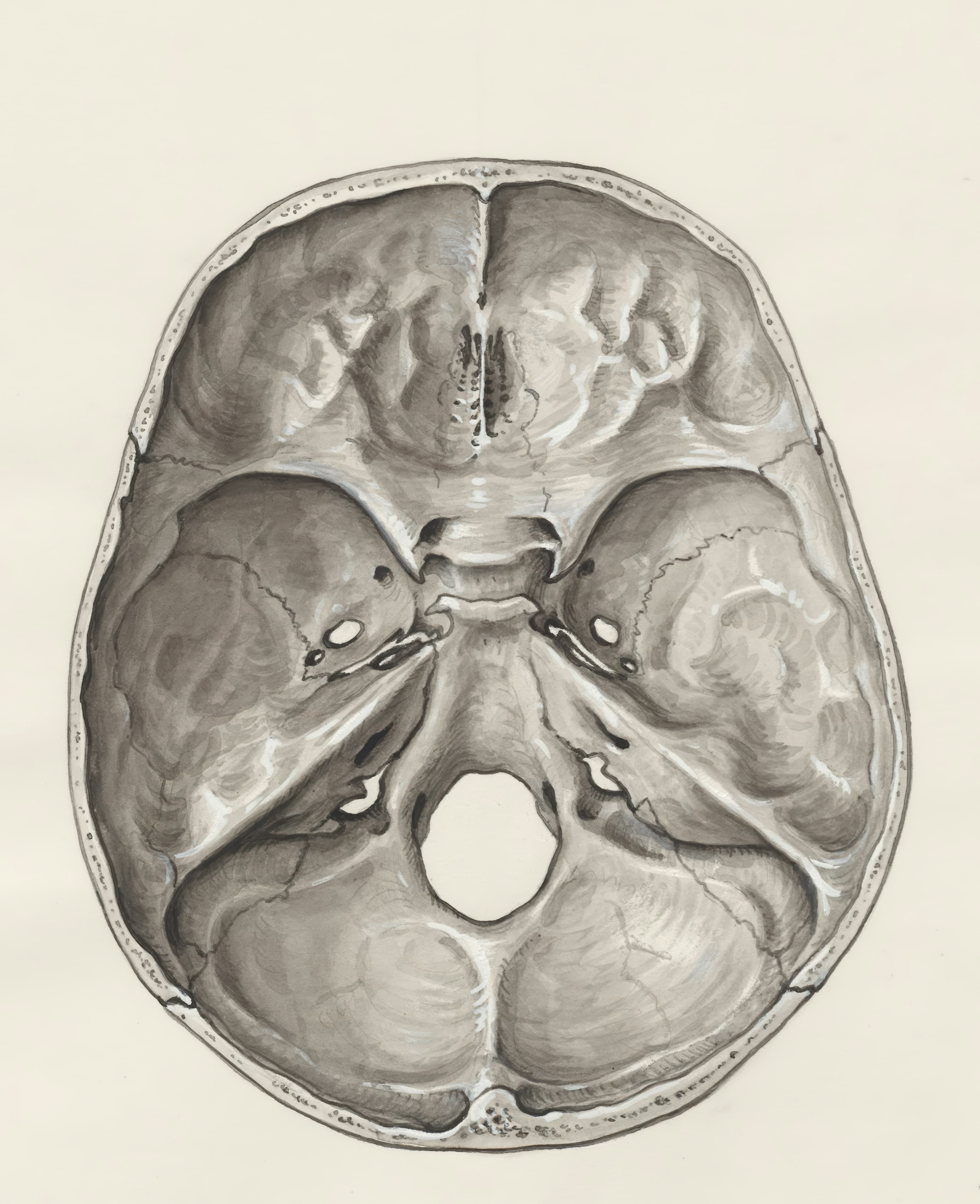High blood pressure, or hypertension, is a condition in which the force of blood against the walls of the arteries is consistently too high. Blood pressure is measured using a sphygmomanometer, a device that consists of a cuff, a pressure gauge, and a stethoscope. During the measurement process, the cuff is wrapped around the upper arm and inflated, temporarily cutting off blood flow. Then, as the cuff is slowly deflated, blood flow resumes, and healthcare practitioners listen with a stethoscope to detect sounds known as Korotkoff sounds. These sounds indicate the flow of blood and help determine the systolic and diastolic blood pressure values.
The Science Behind Blood Pressure Measurement
Units of Blood Pressure Measurement
When blood pressure is measured, different units of measurement may be used. The most common units are millimeters of mercury (mmHg) and kilopascals (kPa). Millimeters of mercury is the widely accepted unit used globally. Blood pressure readings are expressed as a fraction, such as 120/80 mmHg. Kilopascals, on the other hand, are used in some countries, including Canada and parts of Europe, and blood pressure readings are displayed similarly as a fraction, for example, 16/10 kPa. It is important to understand the unit of measurement used in your region and what the values signify.
High Blood Pressure Measurement
Blood pressure readings are composed of two numbers: the systolic pressure and the diastolic pressure. A normal blood pressure reading is generally considered to be around 120/80 mmHg. However, readings above this range indicate high blood pressure. High blood pressure is classified into different stages:
- Elevated blood pressure: Systolic reading between 120 and 129 mmHg and diastolic reading below 80 mmHg.
- Stage 1 hypertension: Systolic reading between 130 and 139 mmHg or diastolic reading between 80 and 89 mmHg.
- Stage 2 hypertension: Systolic reading of 140 mmHg or higher or diastolic reading of 90 mmHg or higher.
It is important to note that hypertension is a significant risk factor for heart disease, stroke, and other health conditions. Regular monitoring and management of blood pressure are crucial to prevent complications.
Methods of Blood Pressure Measurement
There are several methods available for measuring blood pressure:
- Manual sphygmomanometry: This traditional method involves using a cuff, a stethoscope, and a healthcare practitioner to measure blood pressure manually.
- Automated sphygmomanometry: This modern approach employs an electronic device that automatically inflates, deflates, and measures blood pressure. It is widely used and easy to operate.
- Ambulatory blood pressure monitoring (ABPM): This method involves wearing a small, portable device that automatically measures blood pressure at regular intervals over a 24-hour period. It provides a comprehensive view of blood pressure patterns throughout the day.
Choosing the appropriate method of blood pressure measurement depends on individual needs and circumstances. It is advisable to consult a healthcare professional or follow the guidelines provided by your healthcare system to ensure accurate and consistent measurements.
In summary, understanding blood pressure measurement basics is crucial for managing heart health. Blood pressure is measured using a sphygmomanometer and can be expressed in different units. High blood pressure readings indicate hypertension, which can lead to serious health risks. Various methods are available for measuring blood pressure, including traditional and modern approaches. Regular monitoring and proper management of blood pressure are essential for maintaining optimal health.
What does a blood pressure reading look like?
A blood pressure reading is typically represented as two numbers, such as 120/80. The first number (120) is the systolic pressure, which measures the pressure in the arteries when the heart beats. The second number (80) is the diastolic pressure, which measures the pressure in the arteries when the heart is at rest between beats. The unit for measuring blood pressure is millimeters of mercury (mmHg). A normal blood pressure reading is generally considered to be around 120/80 mmHg. However, blood pressure can fluctuate throughout the day due to factors such as stress, exercise, and medication. A high blood pressure reading, also known as hypertension, is generally defined as 130/80 mmHg or higher. A low blood pressure reading, also known as hypotension, is generally defined as 90/60 mmHg or lower. It's important to monitor blood pressure regularly to ensure overall health and well-being.
Measuring Blood Pressure
Measuring blood pressure is an important aspect of monitoring overall health. Blood pressure is a measure of the force of blood pushing against the walls of the arteries as the heart pumps blood. It is an important indicator of cardiovascular health and can help diagnose conditions such as hypertension, hypotension, and other related health issues. The two main components of a blood pressure reading are systolic pressure (the top number that measures the pressure in the arteries when the heart beats) and diastolic pressure (the bottom number that measures the pressure in the arteries between heartbeats). Blood pressure is measured using a sphygmomanometer, which consists of an inflatable cuff, a pressure gauge, and a stethoscope. The cuff is wrapped around the upper arm and inflated to temporarily stop the blood flow. The pressure is then slowly released while using the stethoscope to listen for the sound of blood flowing back into the arteries. Keeping track of blood pressure measurements can provide valuable information about an individual’s overall health and allow for necessary interventions when needed.
What is a normal blood pressure reading?
A normal blood pressure reading is typically around 120/80 mmHg, although some variation is considered normal. Blood pressure is measured using two numbers: the top number (systolic pressure) measures the pressure in the arteries when the heart beats, while the bottom number (diastolic pressure) measures the pressure in the arteries when the heart is at rest between beats. An ideal blood pressure reading is around 120/80 mmHg, while readings slightly above or below this are still considered within the normal range. A reading consistently above 140/90 mmHg may indicate hypertension, while a reading consistently below 90/60 mmHg may indicate hypotension. It's important to note that some individuals may naturally have slightly higher or lower blood pressure readings without any underlying health issues. Regular monitoring of blood pressure is important for maintaining overall health and identifying any potential issues early on. Always consult with a healthcare professional for personalized advice and recommendations.
Diagnosing high or low blood pressure
Diagnosing high or low blood pressure requires the measurement of the pressure in the arteries. Usually, a doctor will use a blood pressure cuff and a stethoscope to accurately measure the force of blood against the walls of the arteries. High blood pressure, also known as hypertension, is diagnosed when the systolic pressure consistently measures 130 mmHg or higher or the diastolic pressure consistently measures 80 mmHg or higher. On the other hand, low blood pressure, also known as hypotension, is diagnosed when the systolic pressure consistently measures 90 mmHg or lower or the diastolic pressure consistently measures 60 mmHg or lower. In addition to these measurements, a doctor will also take into consideration a person's medical history, lifestyle factors, and other risk factors for cardiovascular disease when diagnosing high or low blood pressure. It is important to regularly monitor blood pressure levels and seek medical attention if there are any concerns about high or low blood pressure.





